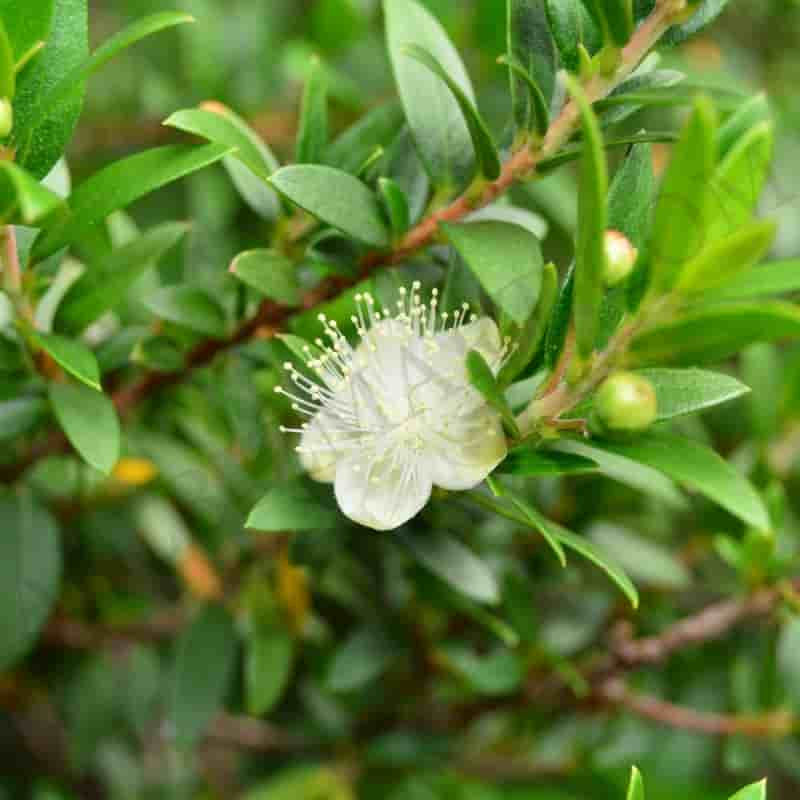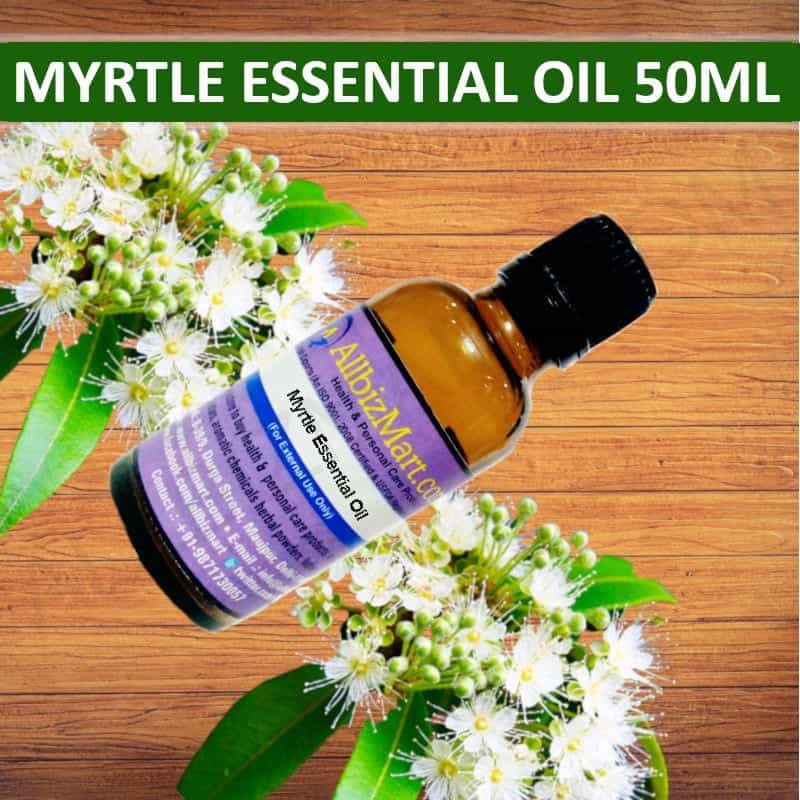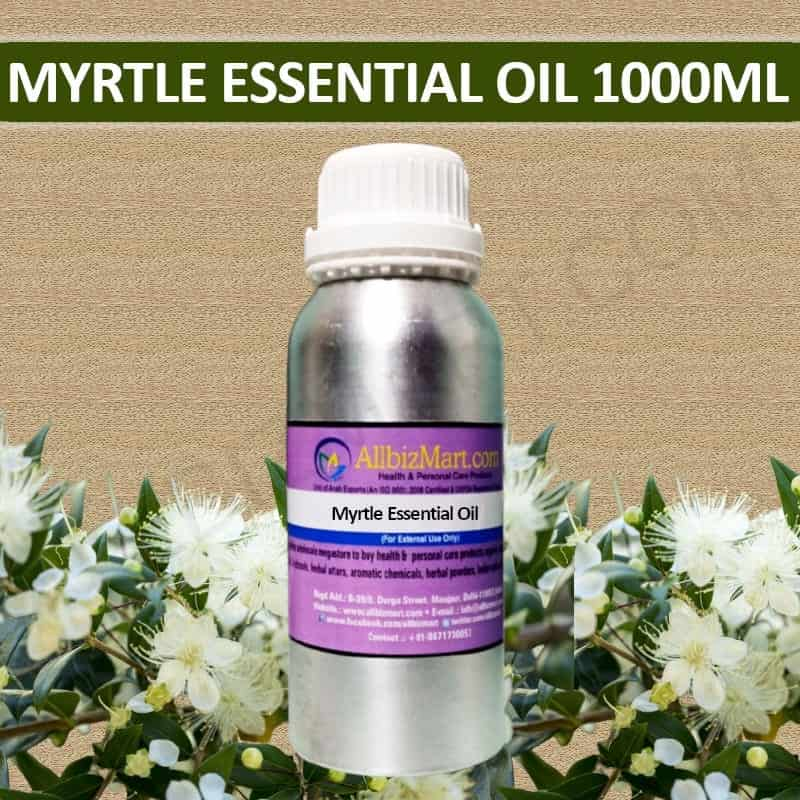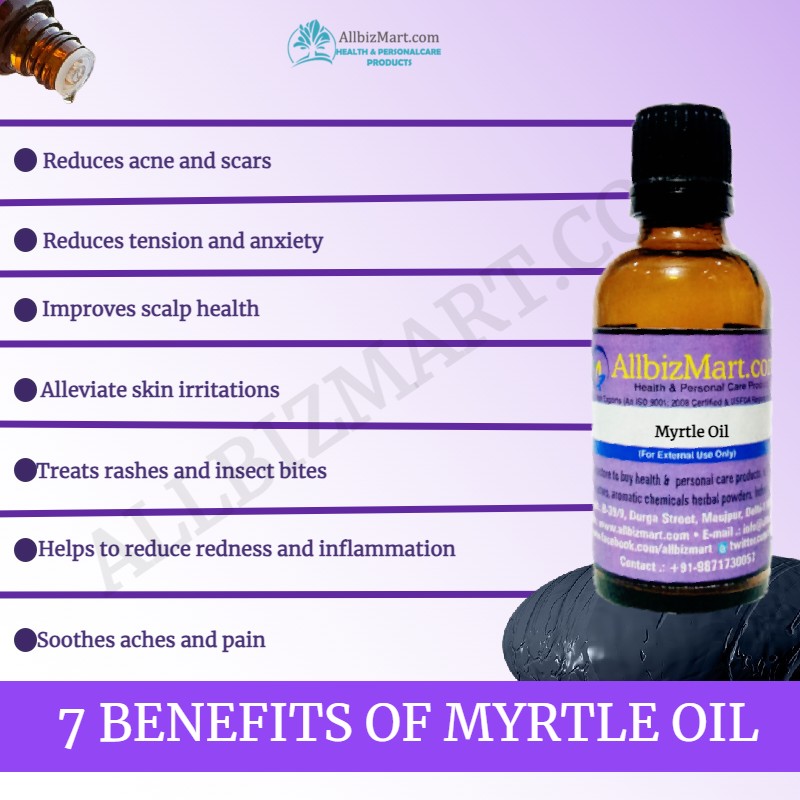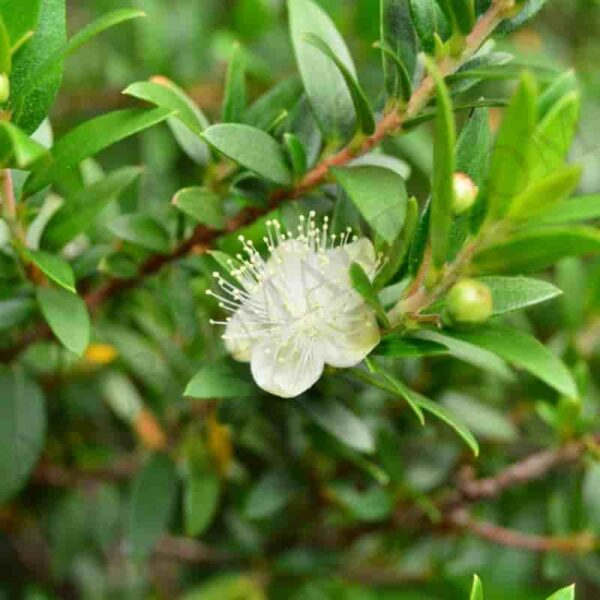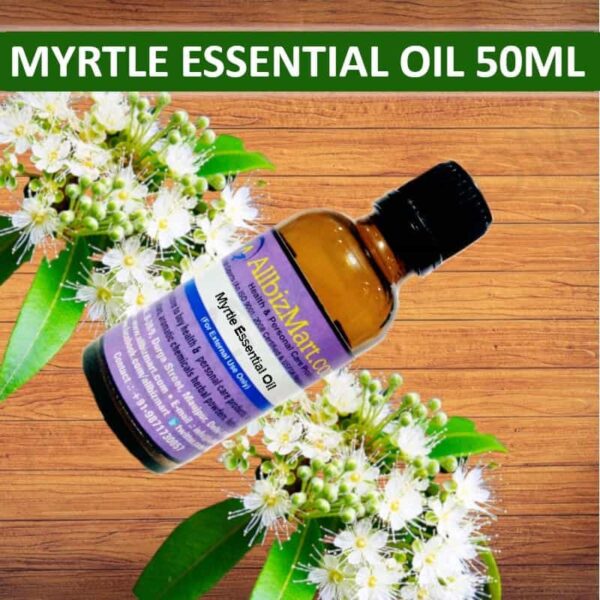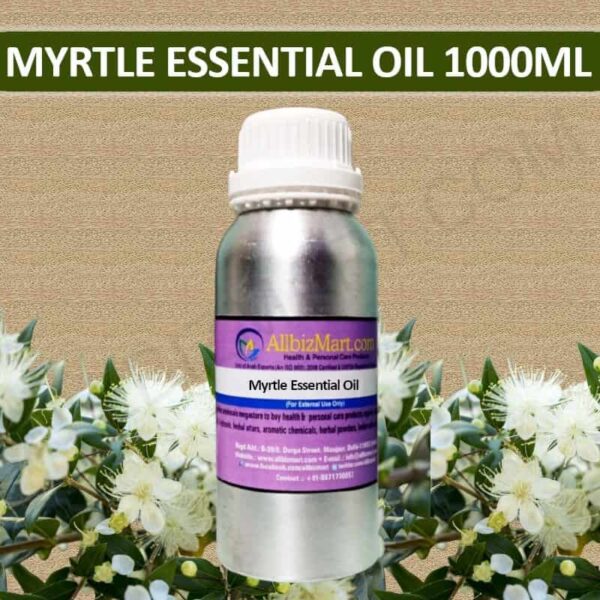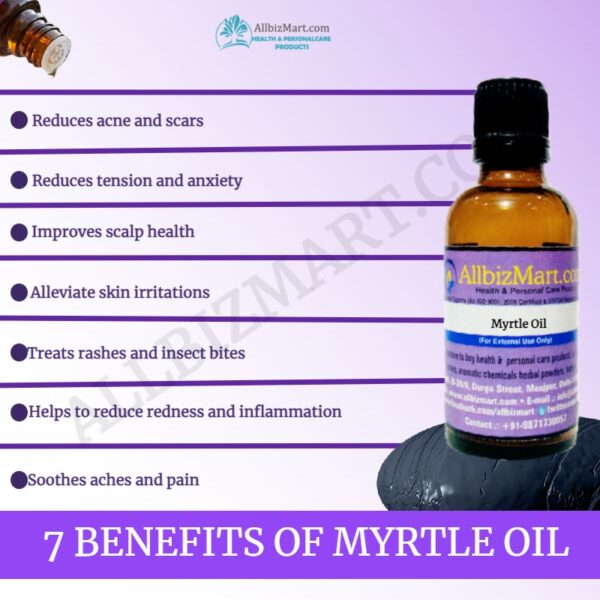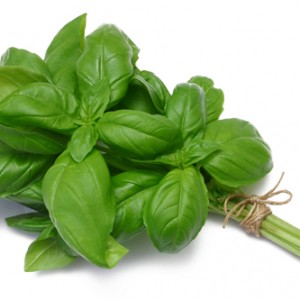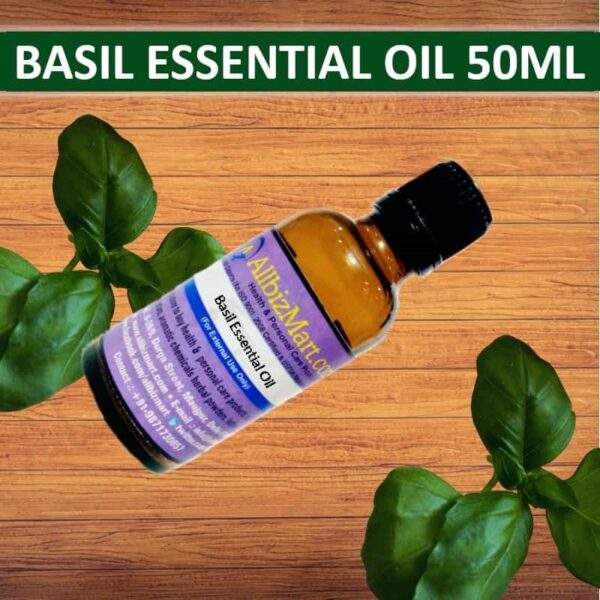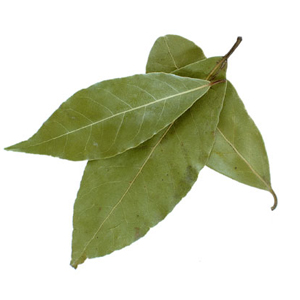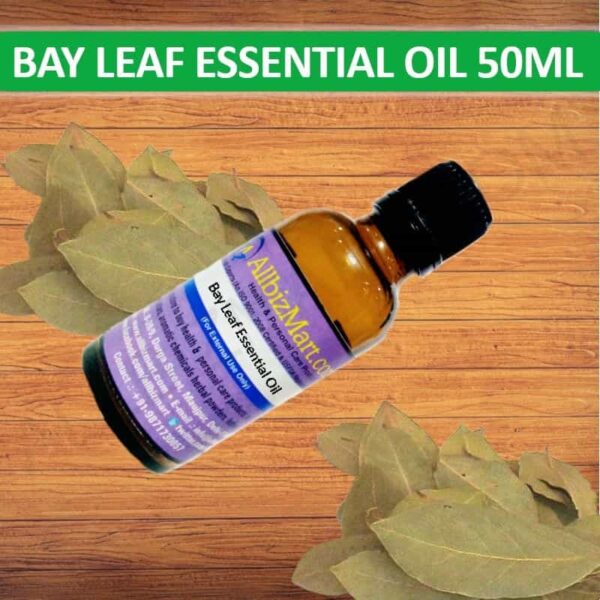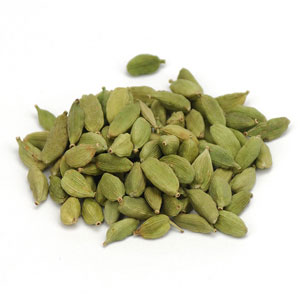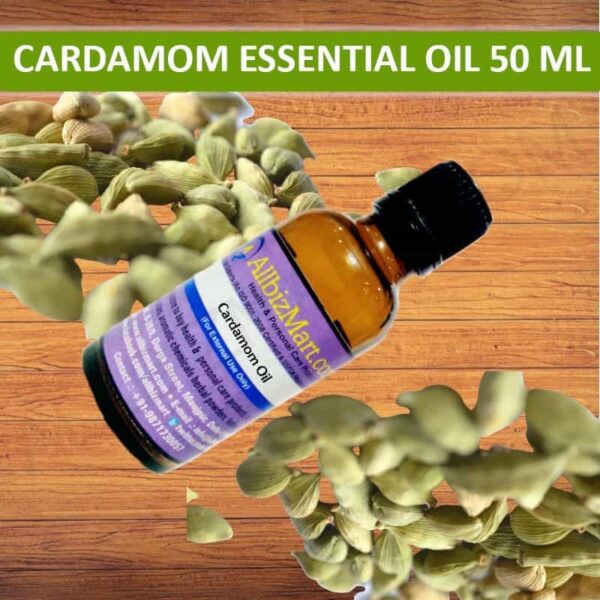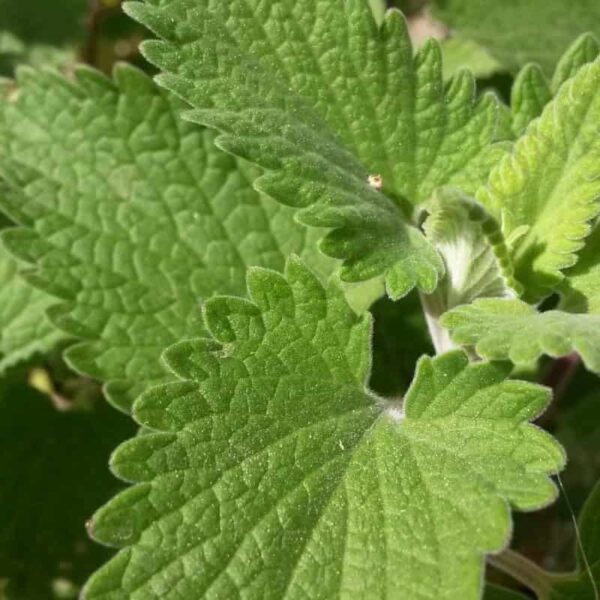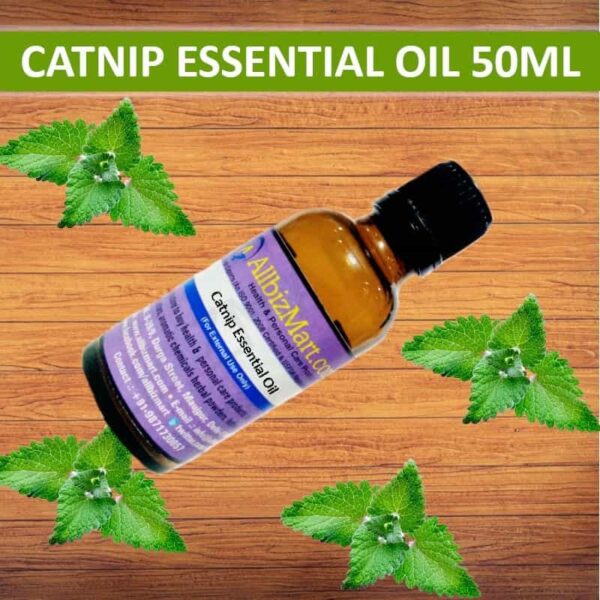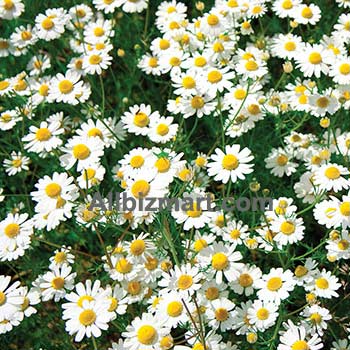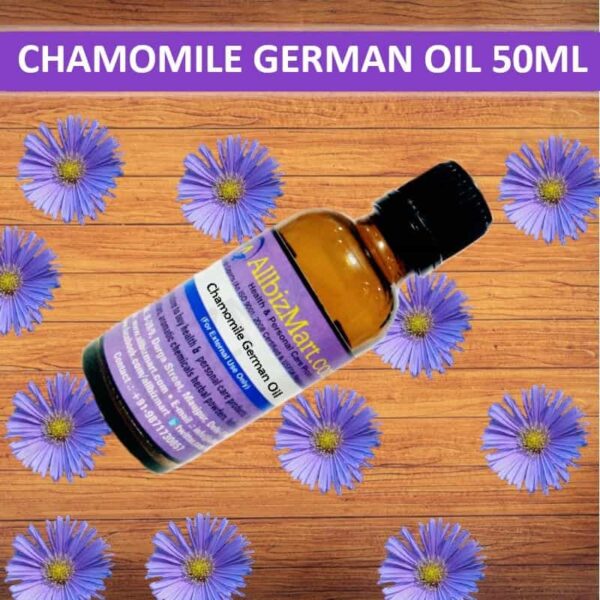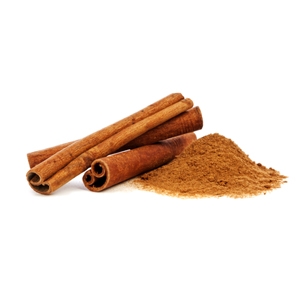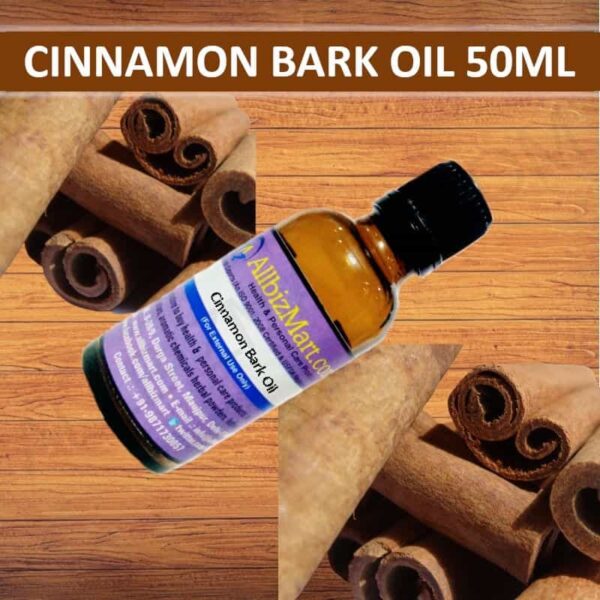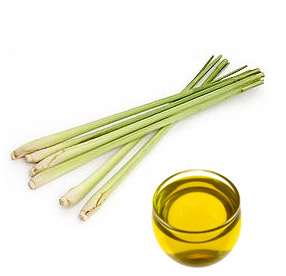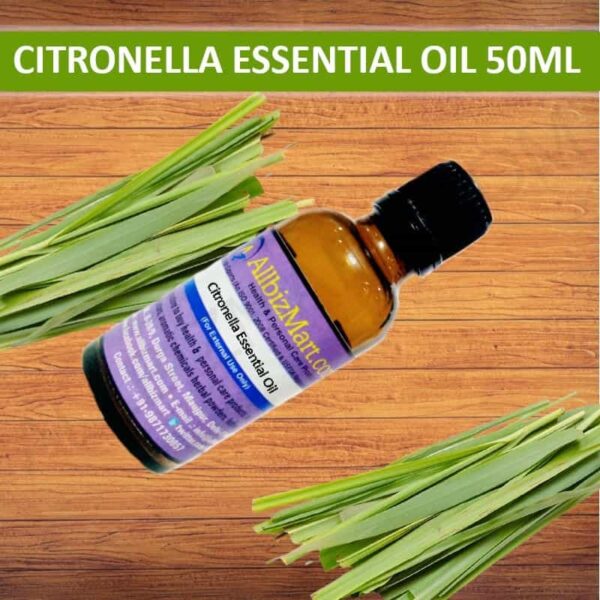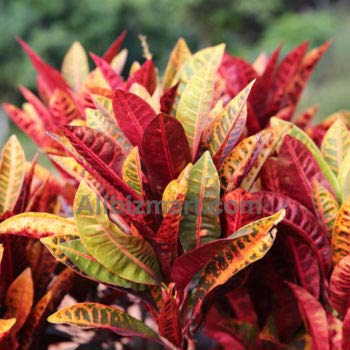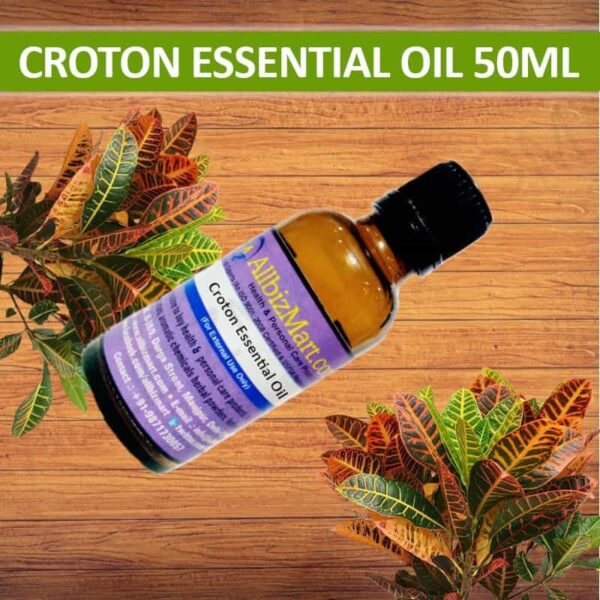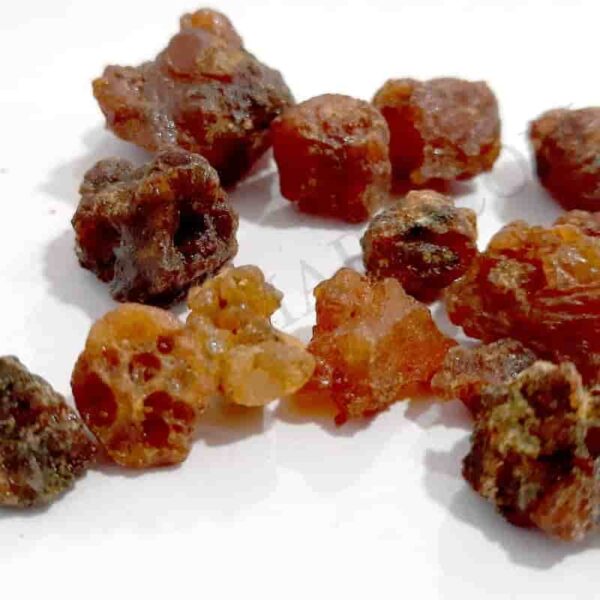
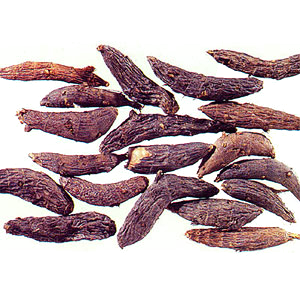
Myrtle Essential Oil
$8.00 – $664.00
Myrtle essential oil is extracted from the leaves of the Myrtus plant. It’s a massive evergreen bush that bears white candy-smelling flowers and its fruits are berry-like that is black in color and include a number of seeds, principal blue-black in color. The plant is native to Africa. Its botanical name is myrtus communis. It has a pale amber liquid with a fresh, camphor and floral-herbal odor. Myrtle oil is a small tree with many powerful slender boughs. It is the origin of Tunisia. It grows from the Mediterranean area to the northwestern Himalayas. The chemical elements of this oil embody myrtenol, cineol, geraniol, myrtenyl acetate, borneol, camphene, and so on.
How to Use Myrtle Essential Oil:
It is derived from the Myrtus communis plant, has a fresh and slightly sweet aroma. Here are several ways to effectively use Myrtle essential oil:
- Aromatherapy for Respiratory Support: Diffuse this oil in an aromatherapy diffuser to support respiratory health. The oil’s antimicrobial properties can help clear the air and promote easier breathing, making it beneficial during colds or respiratory congestion.
- Topical Application (Diluted): Dilute Myrtle oil with a carrier oil, such as jojoba or coconut oil, before applying it topically. This diluted mixture can be massaged onto the chest to support respiratory function or applied to the skin for potential skin benefits.
- Myrtle-Scented Steam Inhalation: Add a few drops of this oil to a bowl of hot water and inhale the steam for a refreshing and respiratory-soothing experience. Cover your head with a towel to concentrate the steam.
- DIY Respiratory Chest Rub: Create a DIY respiratory chest rub by blending Myrtle essential oil with a carrier oil, such as almond or olive oil. Apply the mixture to the chest and throat area to support respiratory comfort.
- Scented Bath for Relaxation: Add a few drops of this oil to a warm bath for a relaxing and aromatic experience. Ensure proper dilution with a carrier oil or bath gel to prevent skin sensitivity.
- Myrtle-Infused Massage Oil: Blend this oil with a carrier oil for a soothing and aromatic massage experience. The oil’s calming properties can enhance the relaxation benefits of a massage.
- DIY Room Spray for Freshness: Create a DIY room spray by combining Myrtle essential oil with water in a spray bottle. Use it to freshen up your living spaces with the clean and invigorating aroma.
- Scented Candle or Diffuser Blend: Add this oil to homemade candles or diffuser blends to fill your home with the uplifting and clarifying fragrance. Combine it with complementary oils like eucalyptus or lemon for a revitalizing blend.
- Natural Deodorant Enhancement: Mix Myrtle essential oil with a carrier oil and apply it as a natural deodorant. The fresh and clean scent can add a pleasant fragrance while providing potential antibacterial benefits.
Caution: While Myrtle oil is generally safe for most individuals, it’s recommended to perform a patch test before widespread use to check for any adverse reactions. Pregnant women, nursing mothers, and individuals with specific health conditions should consult a healthcare professional before using essential oils.
| Product Name : | Myrtle Essential Oil |
| Botanical Name : | Myrtus communis |
| Origin : | Tunisia |
| Appearance & Odor : | Pale amber liquid with Fresh camphor floral-herbal odor |
| Methods of Extraction : | Steam Distillation |
| Weight | N/A |
|---|

